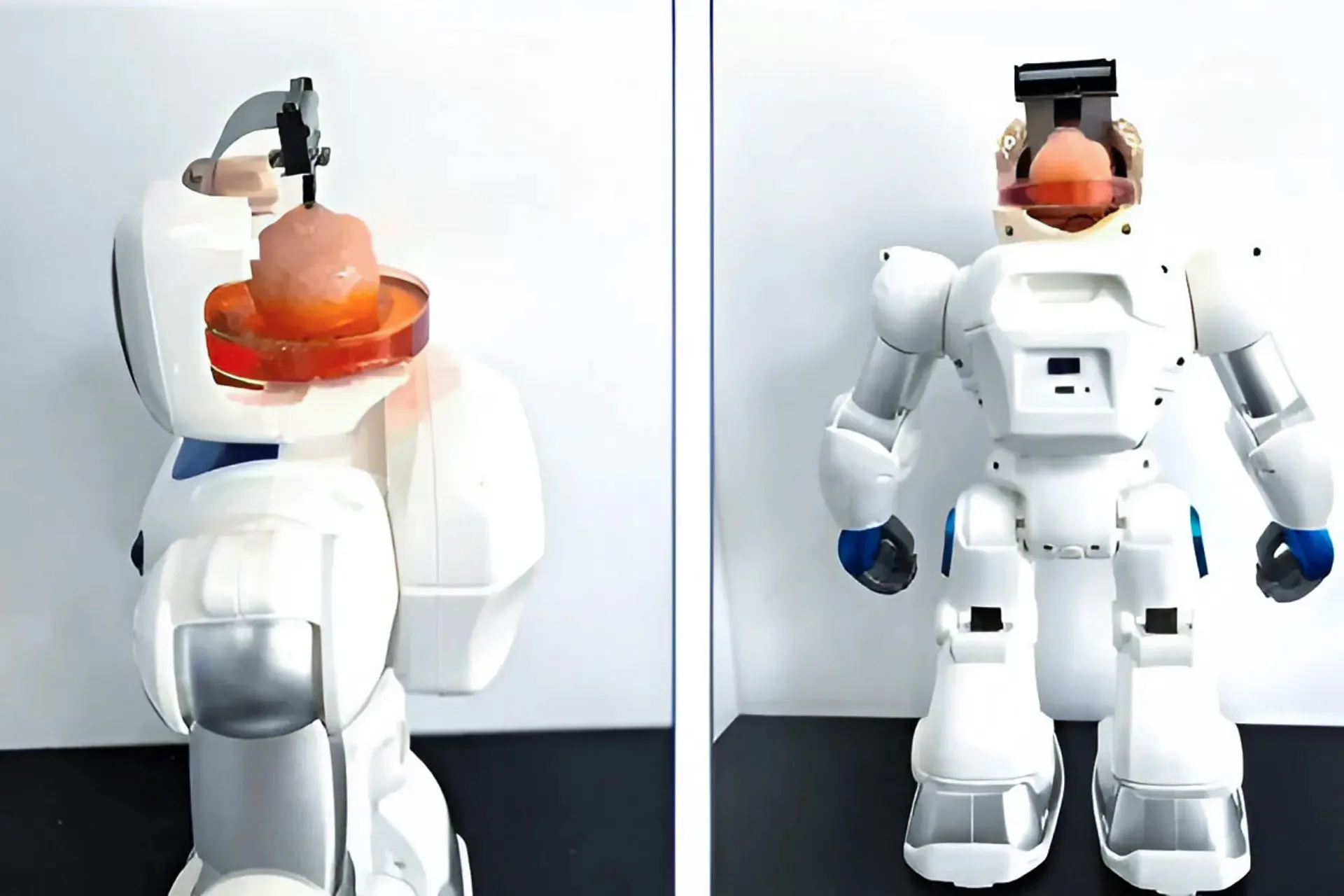In a stunning scientific breakthrough, researchers from Tianjin University and the Southern University of Science and Technology in China have successfully merged human brain tissue with microchips, marking a radical advancement in robotic intelligence. The project, known as MetaBOC (Metabolic Brain-on-a-Chip), represents the next frontier in AI—where machine meets biology.
Using human stem cells, scientists cultivated miniature brain tissues and embedded them into electronic circuits capable of interpreting neural signals. These “biohybrid” systems mimic the cognitive abilities of the human brain, allowing robots not only to sense their environment but also to learn and adapt in real time.
At the heart of MetaBOC is a neural-electronic interface that processes electric signals from the brain tissue and converts them into commands. Combined with advanced machine learning algorithms, this allows robots to respond more naturally and intelligently to their surroundings. Think of it as an organic AI core—built not just with code, but with living tissue.
Though still in the experimental phase, the early results are promising. MetaBOC could eventually lead to autonomous robots with far more nuanced behavior, capable of performing complex tasks that require emotional or sensory intelligence.
Experts suggest this may be a stepping stone toward the long-envisioned dream of human-AI integration, blurring the line between biological and artificial cognition. Whether that future excites or terrifies you, one thing is certain: robotics is entering an entirely new era.


